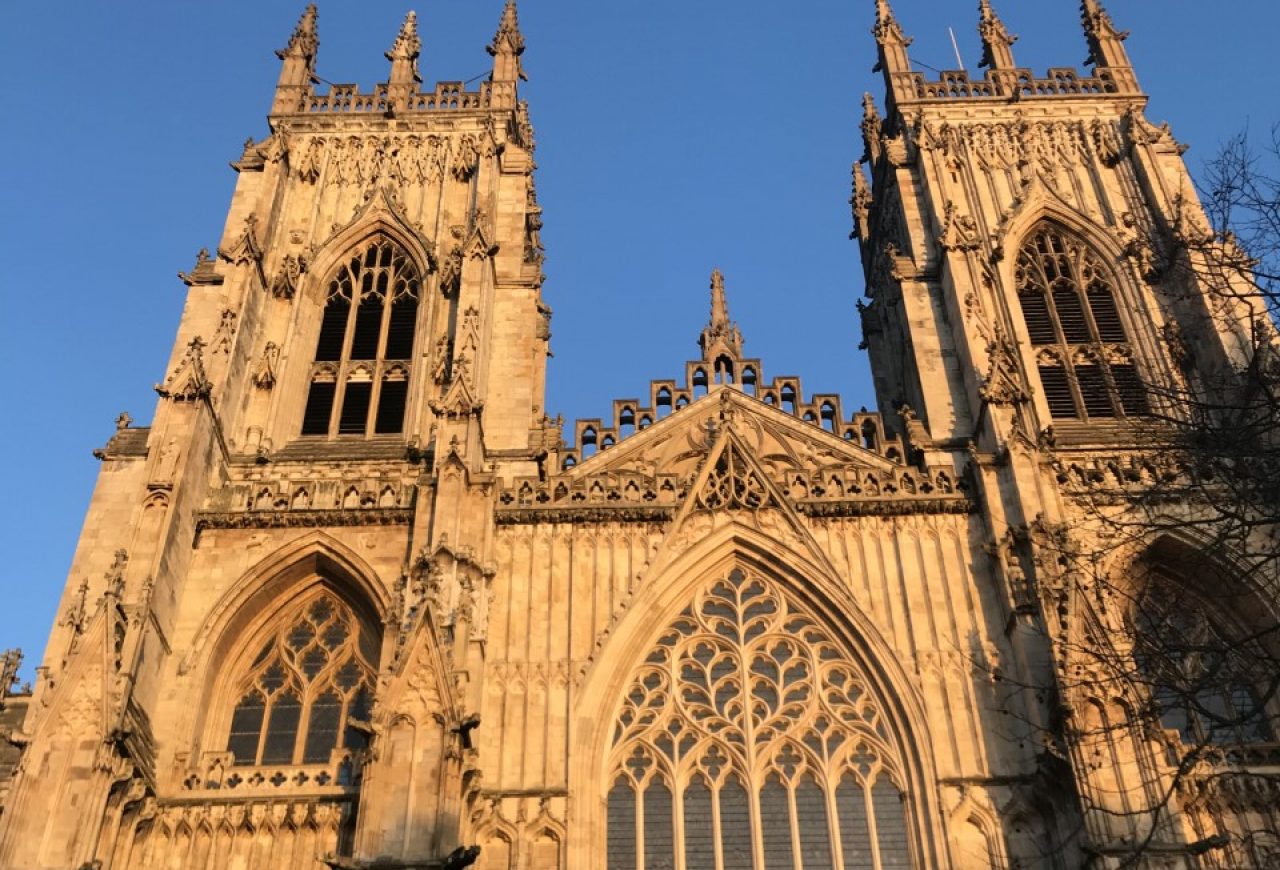For Mitchell Coles, his project placement as part of the History, Community and Culture second-year module of indexing crime records at York Explore allowed a crucial insight into the changes in crime and punishment over the last two centuries.

For my placement at York Explore, I was indexing records from the Calendar of Felons. These are documents, dating back to the 18th and 19th century, containing information about crimes that were committed in and around the York area as well as the court records and the sentences. I looked at documents from 1819-1941, and was to record information such as the names of the felons, where and when the felonies were committed and on when they were received by the court, I was also to write a brief description of the crimes. Then I looked at the Gaol (Jail) Delivery record for the same date to find what had happened to each person; from this I was to record the verdict of each crime and the sentences they received. The reason for doing this was to computerise, so that they will be accessible for longer and to more people.
Looking at these records was hugely interesting to me as I have been brought up with a father in the police. So, looking at these crime records reminded me of my childhood and crime stories. However, these were interesting for more than just that reason. It is hard to imagine what things were like two centuries ago, but these allow you to do that very easily. This allows you to get a better understanding of the judicial system and the community back then, which I personally really liked.
Furthermore, it is hard to imagine why certain decisions were made. For example, the sentences given for some crimes seem unreasonable whereas others are simply laughable: a woman murdered her new-born illegitimate child and was imprisoned for six weeks, another murderer could be fined just one shilling, whereas committing forgery could get you hanged. There seemed to be no one answer to a crime as a murderer could be given the sentence of a fine whereas another could be hanged or ‘transported beyond the seas for the rest of their natural life’. These made indexing these records interesting and entertaining at some points.
This placement also allowed me not just to get a glimpse into the work of an archivist or library worker but also work in general, as this was my first ever work experience. This has allowed me to learn valuable lessons about time management and motivation which, I will hopefully have learned from and will not make the same mistakes again. Overall, I enjoyed the placement and the experience of work.










